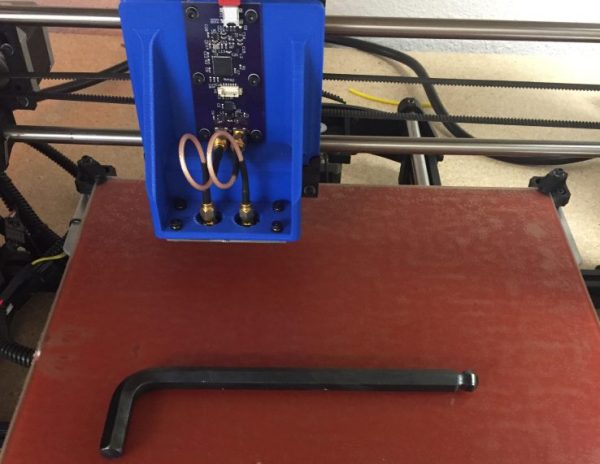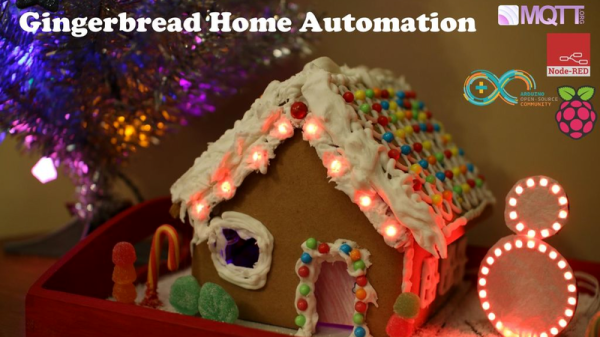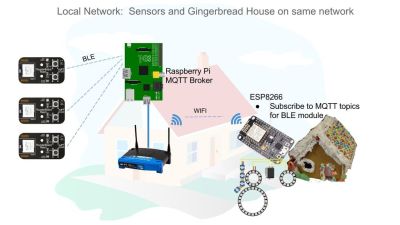With interest and accessibility to both wearable tech and virtual reality approaching an all-time high, three students from Cornell University — [Daryl Sew, Emma Wang, and Zachary Zimmerman] — seek to turn your body into the perfect controller.
That is the end goal, at least. Their prototype consists of three Kionix tri-axis accelerometer, gyroscope and magnetometer sensors (at the hand, elbow, and shoulder) to trace the arm’s movement. Relying on a PC to do most of the computational heavy lifting, a PIC32 in a t-shirt canister — hey, it’s a prototype! — receives data from the three joint positions, transmitting them to said PC via serial, which renders a useable 3D model in a virtual environment. After a brief calibration, the setup tracks the arm movement with only a little drift in readings over a few minutes.


















